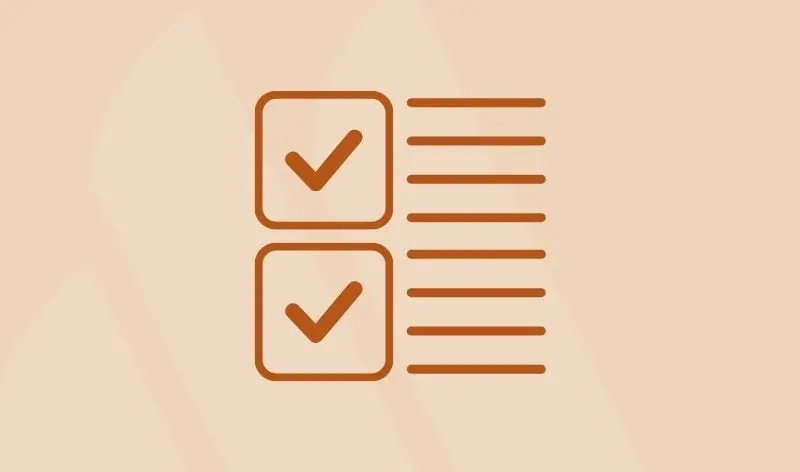
Make Cashless Payments Work For Your Non-Profit
When the pandemic struck, formerly mundane tasks such as picking up the mail and signing documents became difficult. Businesses scrambled to implement paper-free and virtual processes, adapting to the new reality. While both nonprofits and for-profits grappled with implementing these changes, nonprofits often have small in-house teams, requiring everyone to work and handle finances as efficiently as possible.
Now, three years later, many organizations are evaluating how many of those changes should be retained, reversed, adapted, or expanded. Executive Directors of nonprofits are concerned with the security of the organization’s funds, as well as managing cash flow for the highest possible return and meeting Board requirements.
Reducing paper financial transactions and evolving to a cashless environment should continue to be a priority. Cashless payments provide a range of important benefits to nonprofits, their Boards, and their customers—if organizations are careful about what processes they implement and how systems are managed.
Customers want digital transactions
For years, Americans had been slowly moving away from cash and paper checks, but the pandemic supercharged the trend. By last year, more than four in 10 people (41%) told researchers that they never use cash for purchases, up from 24% in 2015, according to the Pew Research Center. Only a tiny minority—14% of Americans—still use exclusively cash and checks.
Electronic fund transfer, touchless payment, digital wallets, and mobile payment services are mainstream. The number of active Venmo users neared 80 million on 2022 and is projected to surpass 102 million by 2026, compared to 41.5 million active users in 2019, according to surveys conducted by research firm eMarketer. Consumers and businesses alike are comfortable conducting business electronically. As a result, companies tied to paper are at risk of losing customers.
Checks are a fraud and theft risk
The possibility that employees might take cash from a till or that customers might write bad checks are longstanding business risks. However, the risk has been growing in recent years. The Financial Crimes Enforcement Network (FinCEN), an arm of the U.S. Treasury Department, issued a warning in February that there has been a sharp increase in the theft of business, personal, and government mail to commit fraud and obtain personal information for identity theft.
The United States has seen a 140% increase in mail theft during the last three years, FinCEN warned. Separate research by Association for Financial Professionals found that more than six in 10 (63%) business respondents said they experienced check fraud—more than double the rate for ACH fraud (30%) and wire fraud (31%).
Eliminating paper creates efficiency
Paper invoices and checks are slow and costly as well. Paper, postage, and handling expenses go down when an organization minimizes how many checks it produces, how much cash it manages, and the number of invoices it sends. Bank fees for cash handling go down, and the time it takes to generate and deliver payments is cut dramatically. Operating funds can be used precisely when needed, allowing companies can generate interest on excess funds with help from a business banker. Your money works for you.
Digital transactions also allow for far greater oversight and control of payments. Fund transfers are electronically tracked at every step. You can provide key personnel in your organization and, more importantly, your customers with immediate information about the status of payments.
Do it the right way
The move to digital transactions can occur smoothly and safely if you follow the right practices and procedures. Details are important because gaps in procedure are an invitation to fraud. Many businesses have those gaps because they implemented electronic payment systems rapidly during the pandemic and did not take great care in putting policies and procedures in place. Here are some best practices:
Take a step back: Understand who has authority to move funds and reconcile accounts. Ask yourself whether those people should still have those roles and responsibilities. Review roles, especially for individuals responsible for accounting, the controller, and the bookkeeper. Segregate duties and implement dual control where appropriate.
Understand and implement solutions: Consider what digital transaction methods make sense for your business, including credit cards, wire transfers, and Automated Clearing House (ACH) transactions. Each has its own rules and benefits that your business banker can help you understand.
Educate employees: Train all members of your team—not just those in finance—about the appropriate way to handle business information. Make sure that everyone knows they should not be giving out information about bank accounts and other confidential business and customer information.
Make electronic payments standard: Regularly ask clients to use electronic payment and set up processes that make it easy for both sides of the transaction to make digital transfers. Require the use of electronic transactions as part of your contract with vendors.
Use fraud prevention services: Work with your bank to ensure they know the checks you do continue to use, so they can be matched to the check register when presented. Also inform your bank about who is allowed to access funds. They are your partner in detecting and deterring fraud.
Speak with an experienced business banker who is knowledgeable about your non-profit’s finances and can help you meet Board requirements. As your partner, your banker should also help you implement an effective, safe, and resilient electronic-transaction process. By cutting down on your paper transactions, you are helping your customers and your organization to thrive.
Contact Us
"*" indicates required fields
Our Disclosures
For informational purposes only. There is NO WARRANTY, expressed or implied, for the accuracy of this information or its applicability to your financial situation. Please consult your financial and/or tax advisor.










